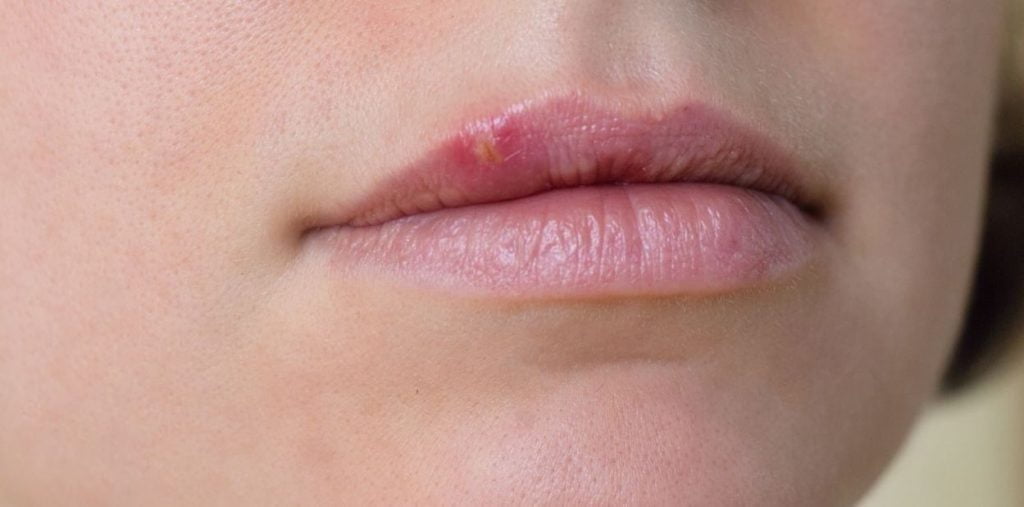When you hear the word “herpes,” it might evoke feelings of alarm or embarrassment. However, herpes is just one of many viruses that can infect humans. These viruses typically don’t cause serious illness, although they can sometimes lead to cold sores on your face or more widespread blister outbreaks.
Oral Herpes Symptoms
Herpes symptoms usually appear between 6 to 72 hours after an initial outbreak, though some individuals may carry the virus much longer without any noticeable signs. While some suffer from persistent and painful recurrences of herpes throughout their lives (known as recurrent herpes), others may experience milder episodes that last only a few days.
Here are some oral herpes symptoms to watch for:
- Redness, swelling, heat, pain, or itching in the mouth or on parts of the face.
- Highly contagious fluid-filled blisters on the lips or under the nose.
- Formation of sores.
What Does Herpes Look Like?
Blisters linked to oral herpes typically appear on the lips or in the mouth. They can also show up elsewhere on the face, particularly around the chin, beneath the nose, and even on the tongue. These bumps or pimples generally develop into pus-filled blisters before they start healing. After a blister bursts, clear or yellow fluid may drain from it, followed by the formation of a yellow crust. This crust usually heals after a few days. During an outbreak, a person with oral herpes may also experience swollen lymph nodes in the neck.
